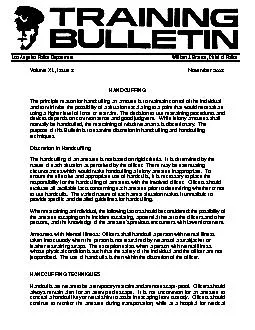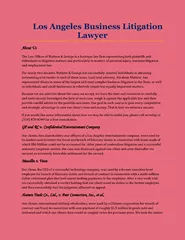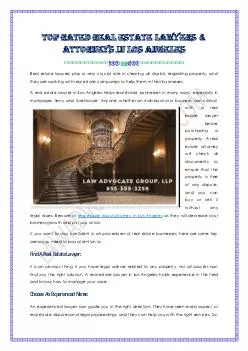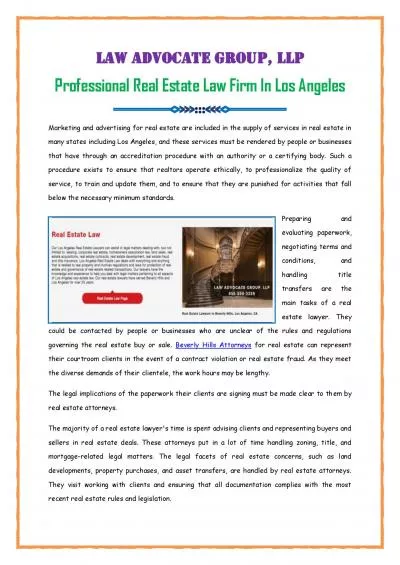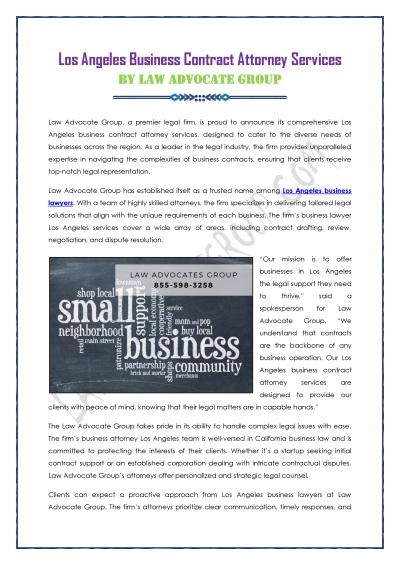PDF-Los Angeles Police Department
Author : kittie-lecroy | Published Date : 2015-08-04
T ype text William J Bratton Chief of Police Volume XL Issue November 200 8 HANDCUFFING The principle reason for handcuffing an arrestee is to maintain control
Presentation Embed Code
Download Presentation
Download Presentation The PPT/PDF document "Los Angeles Police Department" is the property of its rightful owner. Permission is granted to download and print the materials on this website for personal, non-commercial use only, and to display it on your personal computer provided you do not modify the materials and that you retain all copyright notices contained in the materials. By downloading content from our website, you accept the terms of this agreement.
Los Angeles Police Department: Transcript
Download Rules Of Document
"Los Angeles Police Department"The content belongs to its owner. You may download and print it for personal use, without modification, and keep all copyright notices. By downloading, you agree to these terms.
Related Documents

